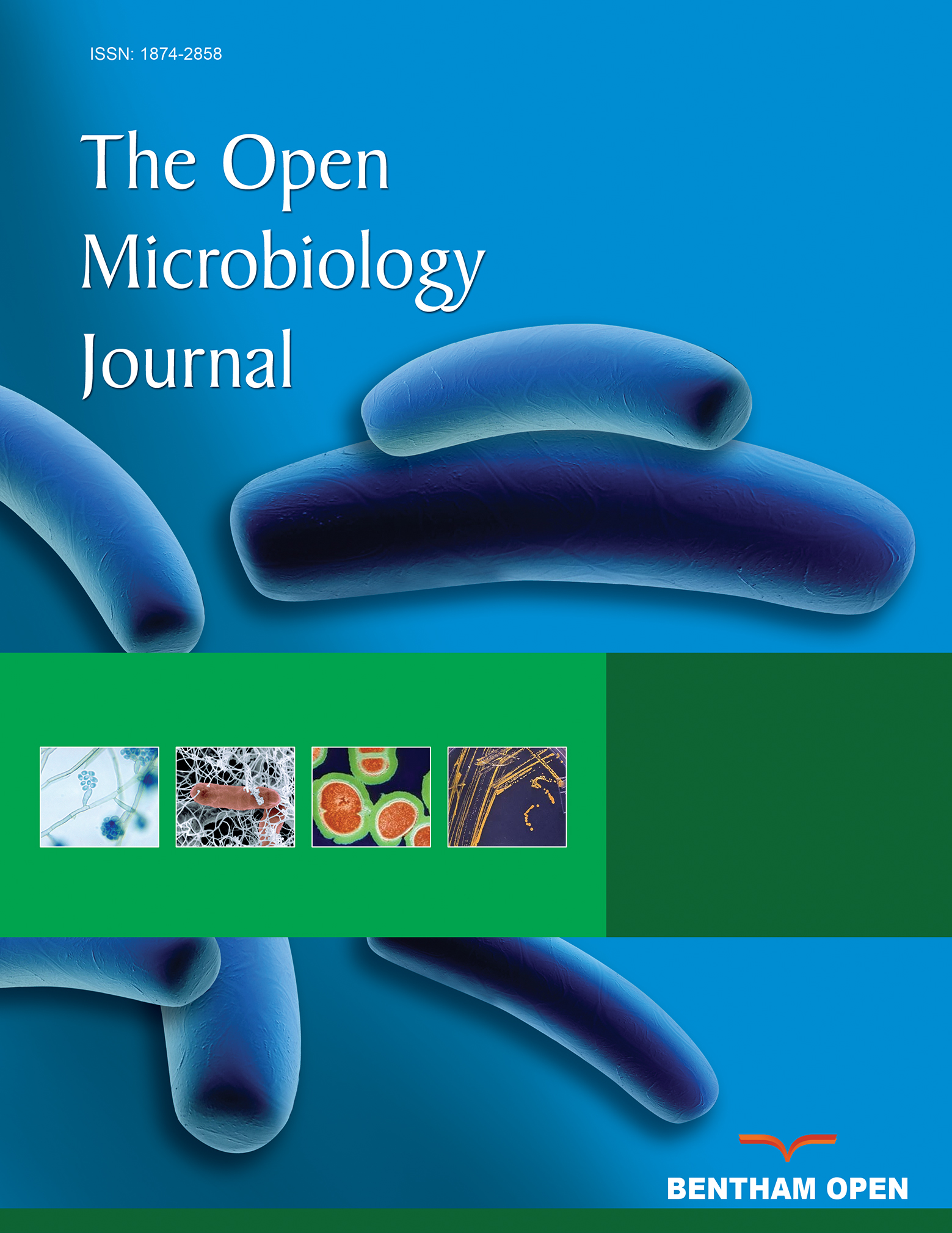All published articles of this journal are available on ScienceDirect.
Characterization of Actinobacterial Communities from Arauca River Sediments (Colombia) Reveals Antimicrobial Potential Presented in Low Abundant Isolates
Abstract
Introduction:
New strategies have been arisen to set a rapid and effective screening for selection of microorganism with bioactive potential. This study suggests that combination of physicochemical pretreatments and taxonomic dereplication of microbial collections through MALDI-TOF MS, facilitates the detection of low abundance actinobacteria with potential as a source of antimicrobial agents.
Material and Methods:
An unstudied microbial community from a tropical river sediment in Colombian Orinoquía is described, applying an extended cultivation strategy using physicochemical pretreatments, biological screenings and taxonomic dereplication through MALDI-TOF MS approach.
Results:
Actinobacteria-like isolates (790) were growth and their antimicrobial activity was assessed against methicillin-resistant Staphylococcus aureus, Vancomycin-resistant Enterococcus faecium, extended-spectrum β-lactamase Klebsiella pnumoniae, and clinical isolates of Cladosporium cladosporioides and Epicoccum nigrum. Seventy-eight isolates, belonging to the Streptomycetaceae family according to 16S rDNA analysis were found to have antimicrobial activity and were categorized as low abundance actinobacteria by MALDI-TOF MS.
Conclusion:
The results suggest that combination of physicochemical pretreatments and taxonomic dereplication of microbial collections through MALDI-TOF MS, facilitates the detection of low abundance actinobacteria with potential as a source of antimicrobial agents.


